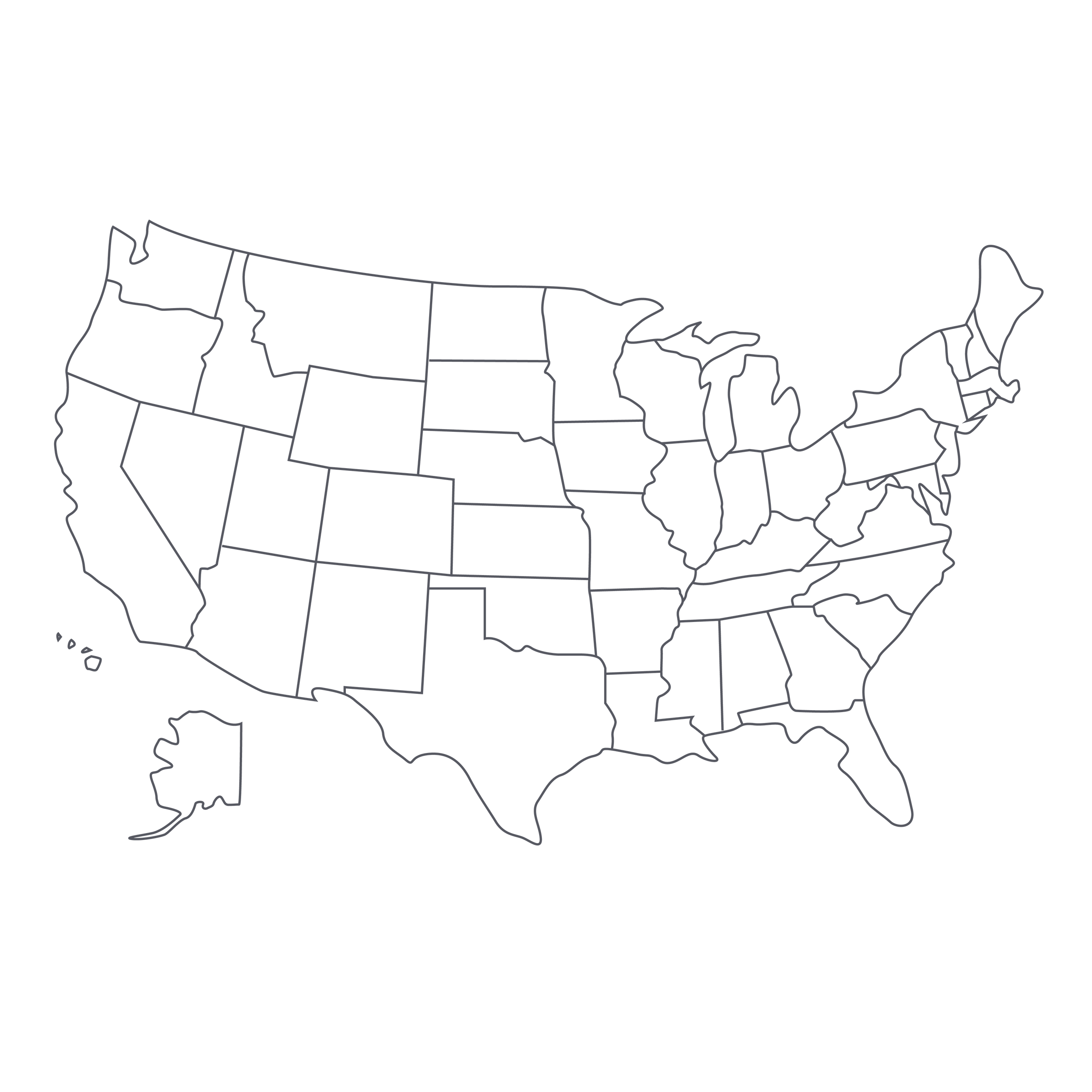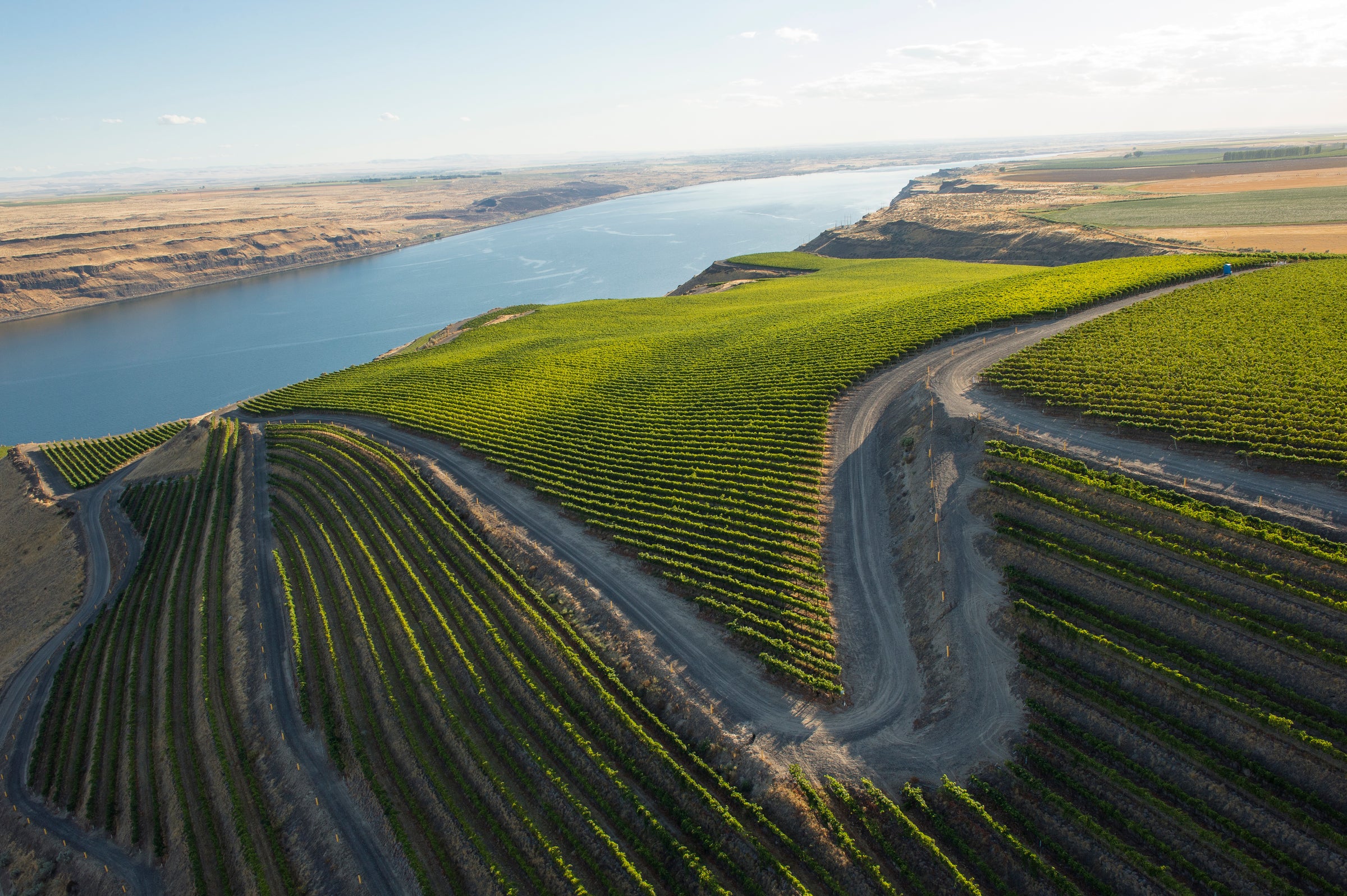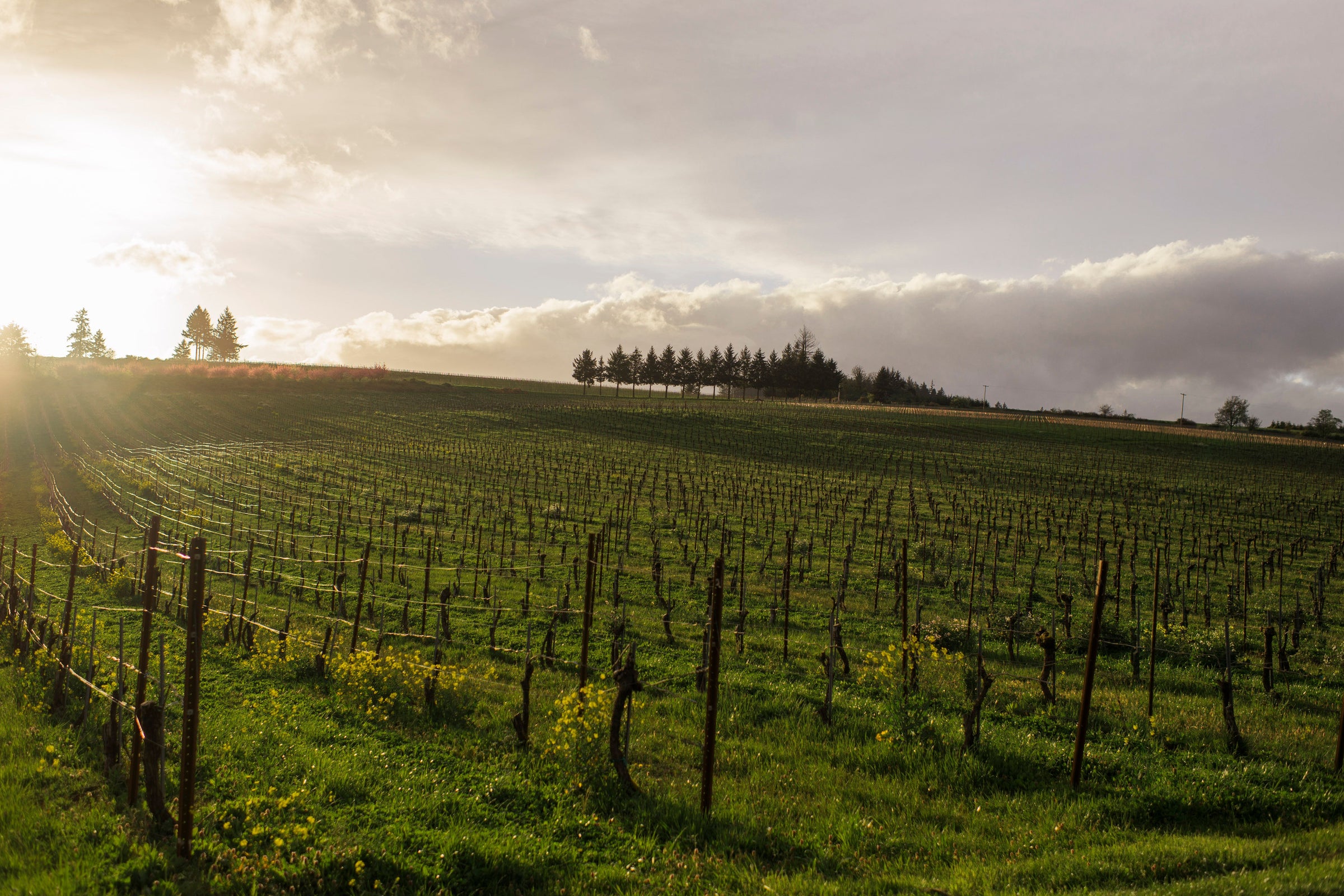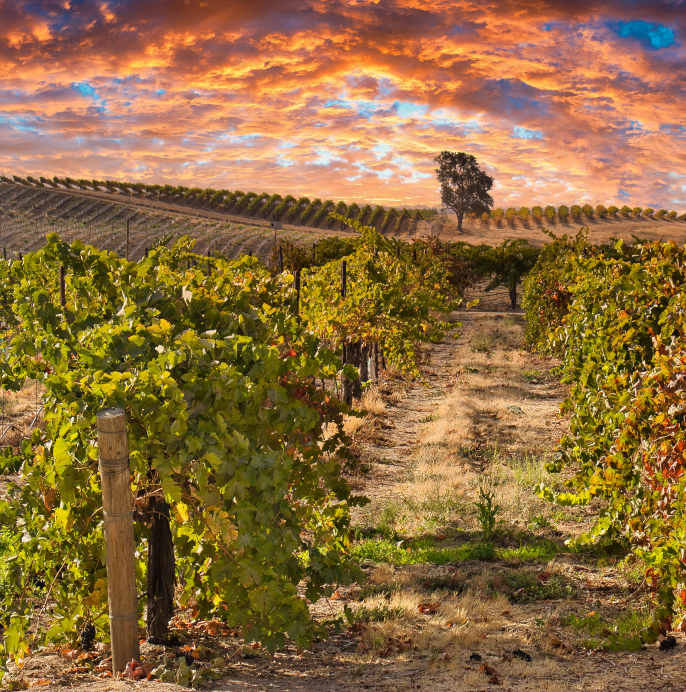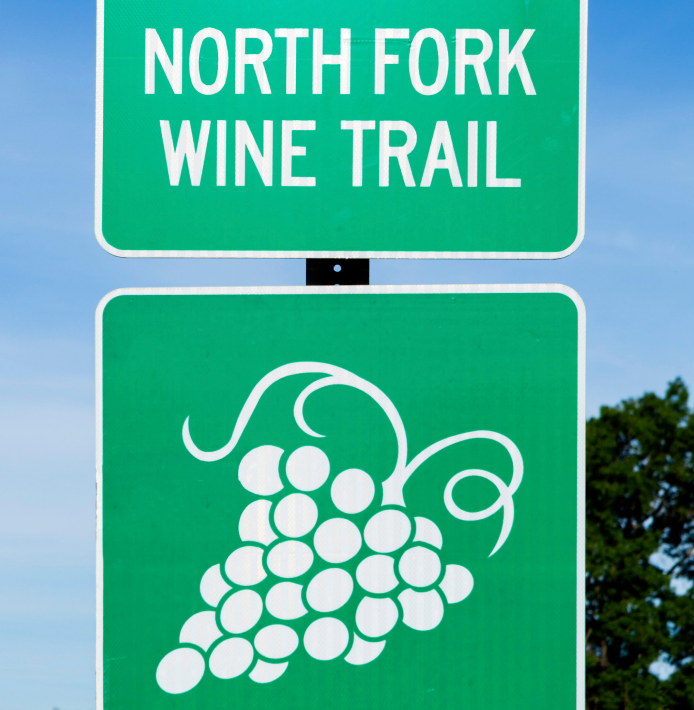My recent adventures in the Napa Valley have taken me up into the mountain appellations that flank the broad valley floor, and let me tell you: To literally climb into a growing zone like Howell Mountain is to get a unique perspective on the greatness California Cabernet is capable of. The wines of Castiel Estate may not yet have the name recognition of Dunn, or O’Shaughnessy, or either of the Roberts (Craig/Foley), but that day is fast approaching. As far as I’m concerned, it’s today!
This muscular and luxurious 2018 is Howell Mountain Cabernet at its finest, and when you learn about the dream team behind it, you immediately understand how an estate whose first commercial vintage was 2014 can deliver such an assured, perfectly representative wine. Veteran Napa viticulturist Jim Barbour handles the vineyard side, while in the cellar, it’s star winemaker Celia Welch, who, in addition to crafting Barbour’s namesake wines, has made wine for the likes of Staglin, Scarecrow, Kelly Fleming, and her own label, Corra. A whopping 382 cases were produced of this hand-farmed and hand-crafted wine, so act fast if you’d like up to four bottles today. This is cutting-edge Cabernet with a big, bright future ahead of it—in 15 years, when this bottle will still be singing, you can say you “knew them when.”
And by “them” I mean Dave and Kathleen DiCesaris, owners of Castiel Estate. The couple met during a visit Dave made to Napa’s historic Freemark Abbey Winery, where Kathleen was working at the time. Their shared mission to focus on “place first” informs every decision they make around their wines, which are sourced from vines at roughly 1,600 feet of elevation, in Howell Mountain’s distinctive mix of iron-rich red clay and compacted volcanic tuff. Putting Jim Barbour in charge of vineyard management was a wise choice: He draws on more than 30 years of experience planting and working some of Napa’s most acclaimed vineyards, and teams up with Celia Welch not only on Castiel’s wines but those of his eponymous label, Barbour wines.
The Castiel project has a laser focus: Showcase their high-elevation mountain site in wines from 100% Cabernet Sauvignon. Welch, whose winemaking resume is long and distinguished, is no stranger to bespoke Cabernets of this type, and, to her credit, this wine isn’t just a collection of cult wine bells and whistles but a genuine wine of place. In 2018, harvest was carried out in mid-October and the two clones of Cabernet planted in the site were vinified individually. The wine aged 20 months in 70% new French oak before bottling.
What strikes me most about the 2018 Castiel Estate is its combination of density and lift. So many luxury-tier Napa Cabernets are hedonistic to the point of being overblown. This one is certainly enjoyable now, but there’s a tightly coiled energy to it that bodes well for aging. In the glass, it’s an opaque ruby/purple and delivers a textbook array of Cabernet Sauvignon aromas and flavors: cassis, blackberry liqueur, black currant, cedar, graphite, bay leaf, and cocoa. It is full-bodied, with a Howell Mountain muscularity to it, but the tannins are fine-grained. There’s just the right combination of brawn and elegance. If opening a bottle soon, decant it about an hour before serving at 60-65 degrees in large Bordeaux stems. It needs a regal meal and should be enjoyed at a slow, thoughtful pace—the same treatment you’d give the best classified-growth Bordeaux. Best-in-class Cabernet deserves nothing less! Cheers!
